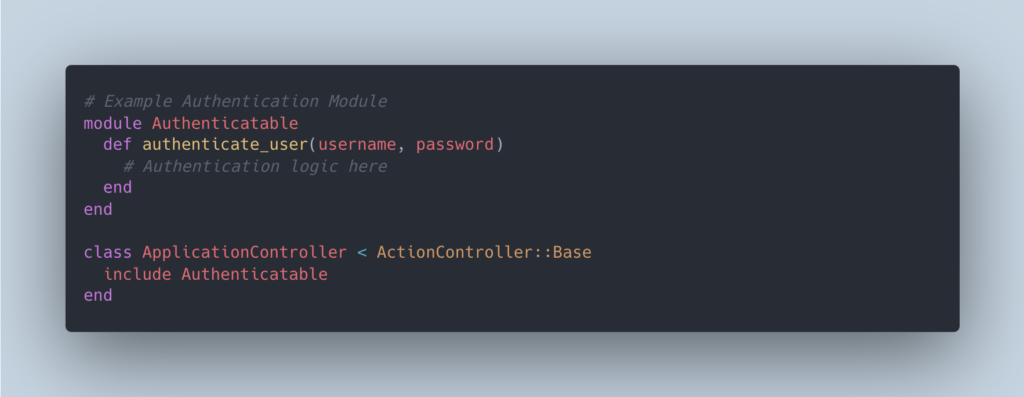Introduction:
Welcome to the world of Ruby on Rails, where coding becomes an art! 🚀 In this blog, we’re about to dive into some awesome coding tips that will not only make your projects stand out but also catch the eye of software development. Get ready for a coding adventure that’s easy, fun, and sure to level up your skills. Let’s make coding in Ruby on Rails a breeze while getting noticed in the digital world. Ready to roll? Let’s do this! 🌟 #RailsCodingMagic ✨
1. Embrace Rails Conventions:
Ruby on Rails is designed to be intuitive and developer-friendly. By following naming conventions for models, controllers, and views, you create a standard structure that simplifies collaboration. For example, naming a model representing blog posts as ‘Post‘ adheres to Rails conventions.
2. Thin Controllers, Fat Models:
Maintain a clear separation of concerns between controllers and models. Controllers should handle user input and application flow, while models encapsulate the core business logic. An example could be a ‘User‘ model containing methods for authentication and authorization.
3. Optimize ActiveRecord Queries:
Avoid the N+1 query problem by utilizing ActiveRecord’s eager loading. For instance, instead of looping through a list of ‘posts‘ and loading ‘comments‘ one by one, eager loading fetches all ‘comments‘ in a single query, enhancing database performance.

4. Embrace RESTful Design:
Adopt RESTful design principles to create a predictable and standardized API structure. For example, organizing routes and controllers around resources like ‘users‘ could involve routes like GET /users and POST /users.
5. Prioritize Error Handling:
Ensure robust error handling by anticipating potential issues. For instance, validating ‘user‘ input and providing meaningful error messages can enhance the user experience and simplify debugging.

6. Modularize and Encapsulate:
Break down your code into modular components to enhance maintainability. For instance, encapsulating authentication logic in a separate module allows for easy reuse across different parts of the application.

By integrating these Ruby on Rails coding best practices, you’re not just building applications – you’re crafting digital experiences poised for success. Stay tuned for more insights and embark on a journey of streamlined coding excellence. Happy coding! 🌟
